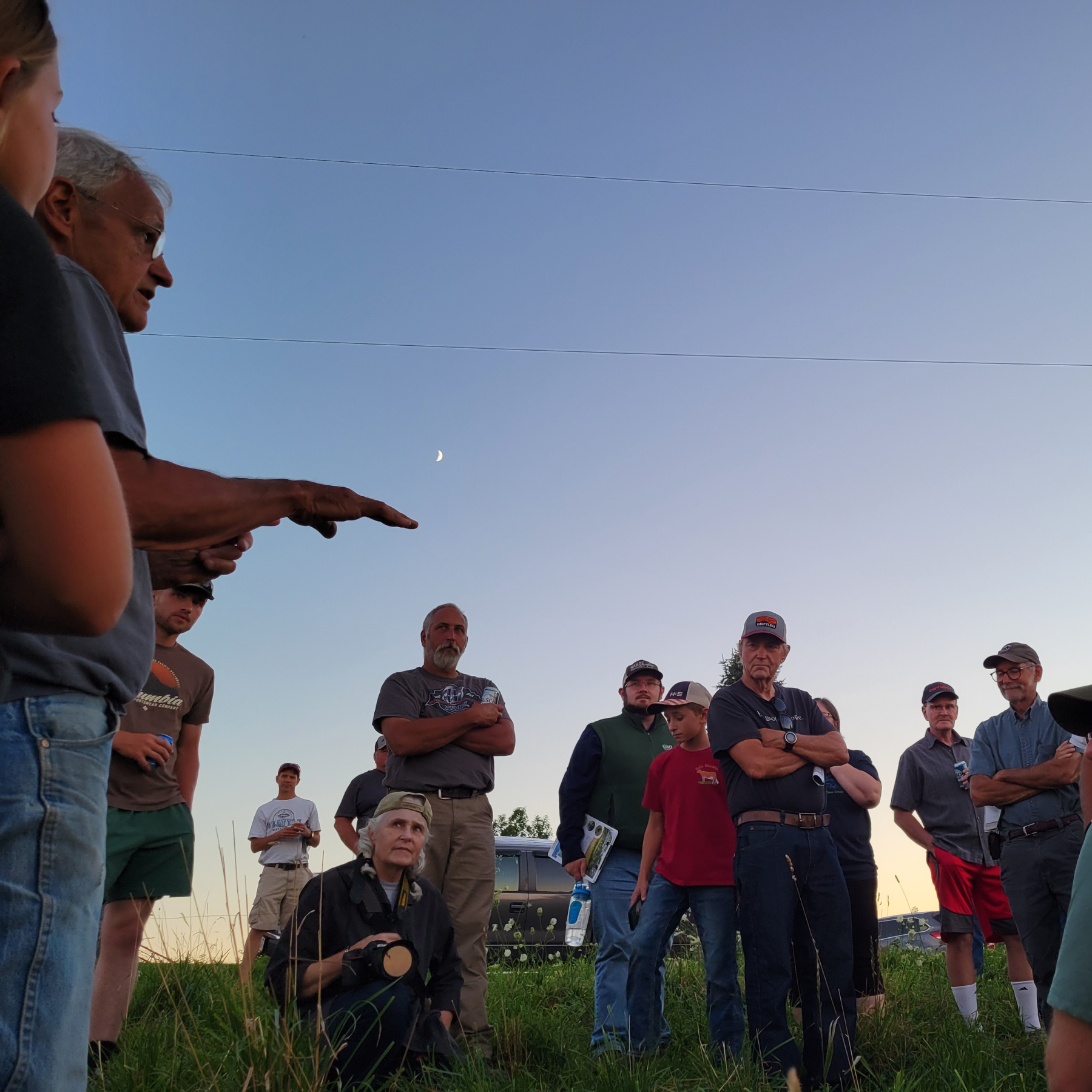Coon Creek Community Watershed Council Encourages Residents to Speak Up on Decommissioning of Dams
COON VALLEY, Wis. – Since 2007 residents of the Coon Creek and West Fork Kickapoo watersheds have experienced minor to major flood events about every two years. In August of 2018, a storm system entered the West Fork Kickapoo and Coon Creek watersheds with intense rainfall dropping up to 14 inches of rain in 24 hours, and in some places 11 inches in six hours. That caused five dams in the watersheds to fail in the early morning of August 28, causing significant and sudden failures at two of the dams, leading to a large breach wave with sufficient velocity and energy to cause significant damage and flooding downstream.
The 2018 flood, and the dam failures it caused, led officials in the national office of the Natural Resources Conservation Service (NRCS), who oversees the country’s 12,000 PL566 earthen flood control dams, to take notice. In 2019, the NRCS commissioned a $1.6 million study to determine what caused the dam failures in the West Fork Kickapoo and Coon Creek Watersheds, and how to move forward. The goal of that study was to determine if fixing those dams, building new dams, or moving them was worth the cost.
Through the study, the NRCS determined that keeping the dams was not worth the cost, and it would not be worth rebuilding or replacing them.The “preferred alternative” that the NRCS is recommending is to decommission all 14 dams in the Coon Creek, and eight of the nine dams in the West Fork Kickapoo.
NRCS has developed a plan for removal of the dams known as a Programmatic Environmental Impact Statement (PEIS) for each watershed. The process to approve that PEIS provides for public comment and input on the decommissioning recommendation. As a part of that process the NRCS has scheduled two meetings, one for each watershed, on Thursday, January 18.
Coon Valley American Legion Hall
12:00-2:30 pm
Cashton Community Hall
4:00-6:30 pm
These are lengthy and technical documents that include costs, engineering plans and technical data, but the CCCWC encourages all residents who live in these counties to read them and attend the meetings to voice their opinions and concerns about the plan, and the decommissioning process.
CCCWC president Nancy Wedwick said it is critical for the public to speak up at this important decision point in the process.
“It is critically important for as many people to attend as possible,” said Wedwick. “Or to be able to watch online, and then be able to share their comments. At the meeting people will actually be able to ask questions. That matters because what will be explained at the meetings is the decommissioning process. So, the decision has been made. The preferred alternative with regard to the PL. 566 dams is to decommission them, and how that will look, how that will play out, how that will affect landowners and people downstream when those dams are decommissioned, meaning they’re no longer working, functioning as dams. People need to understand that, that is going to change the landscape and that is going to affect their lives.”
Wedwick went on to say one of the goals of the CCCWC is to bring awareness to the changes happening in the watersheds, including the loss of protection from these flood control structures.
“Back in May, early June, as a council, we held some public events called ‘Learning to Live Without the Dams’,” said Wedwick. “And our premise from the beginning was never whether the dams should be decommissioned or not, the premise has been how do we adjust to what is happening? And part of that adjustment is for people to really have a clear understanding, the opportunity to make comments and ask questions so that they really do understand what this process looks like. How is it going to affect people personally? How is it going to affect municipalities? How’s it going to affect counties? What is going to happen as a result of this when the next flood occurs? What does all of this mean?
To read the NRCS PEIS, or to register a comment about the plan, you can go to the NRCS website at https://www.
To learn more about the CCCWC “Learning to Live Without the Dams” series you can go to https://cooncreekwatershed.
The mission of the Coon Creek Community Watershed Council is to continue the historic legacy of conservation leadership through improving and restoring our soil, water, and air as stewards of the Creek Watershed. We focus on strategies and practices that individuals can implement. Together, we are learning to make running water walk.
Media Contacts
Sydney Widell
Watershed Coordinator
The Coon Creek Community Watershed Council
E5214 Traastad Lane Coon Valley, WI 54623
sydney.widell@cooncreekwatershed.org
Nancy Wedwick
President
The Coon Creek Community Watershed Council
E5214 Traastad Lane Coon Valley, WI 54623
nancywedwick@cooncreekwatershed.org

